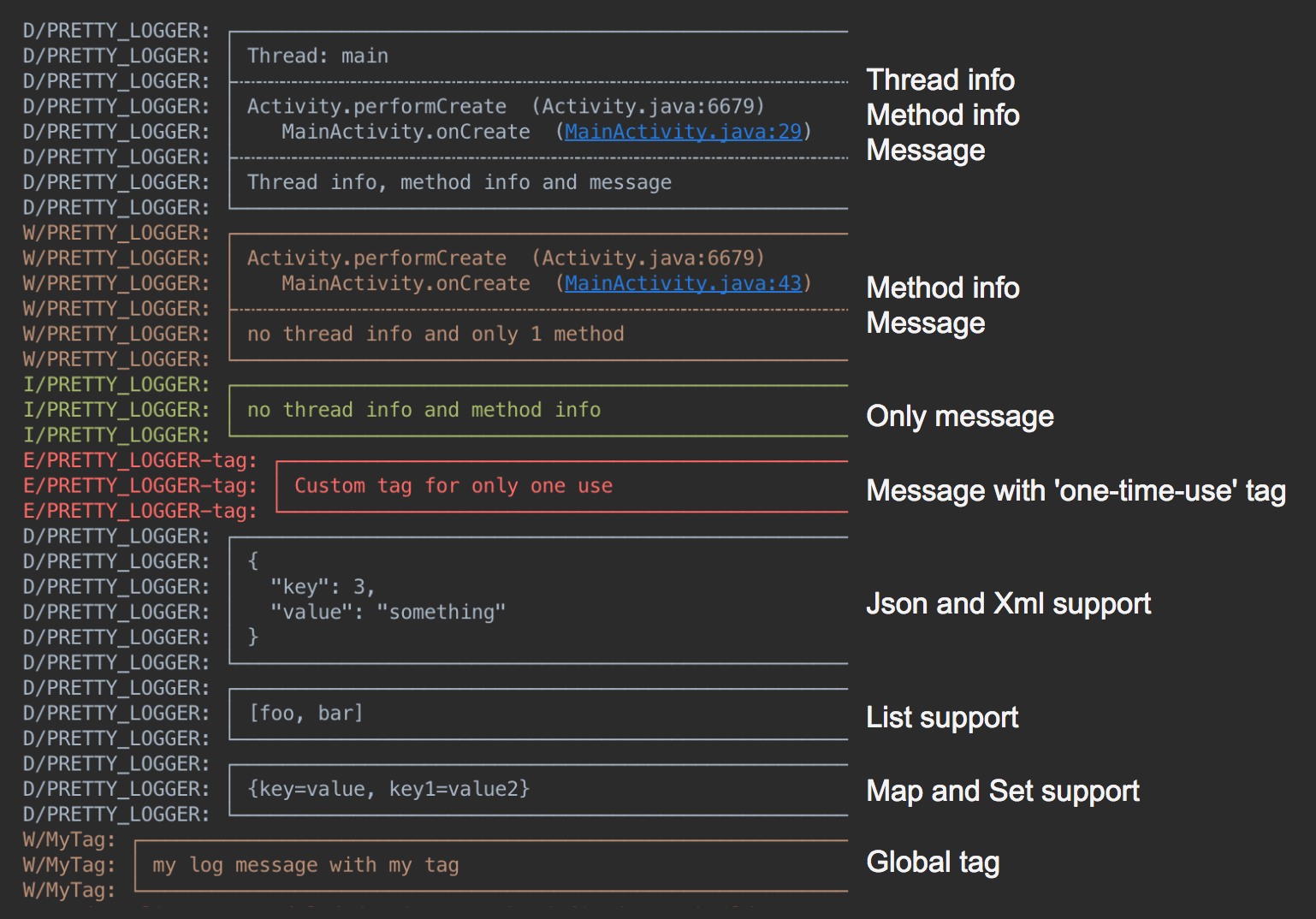

In the loft we added a DS2413 1-Wire Dual Channel Addressable Switch to our solar thermal hot water pump to monitor the amount of time the pump is active. We added new 1-wire temperature sensors into our loft, bathroom, network cupboard and one upstairs bedroom. We previously had temperature sensors using Maxim Integrated DS18B20+ setup on our hot water cylinder and solar thermal system. Temperature, humidity and pressure sensor We have added the following Zigbee based sensors to the house to replace the older SRF wireless modules and to expand the smart home functionality.
#Ups logger website software
Initially we ran Home Assistant on a spare Raspberry Pi computer using the Hassos release but after a couple off SD card failures we decided to migrate everything to our low power Linux home server and run the software in Docker containers. I wrote a blog post last November on our experiments with Zigbee door sensors and since this time we have purchased additional sensors to use around the house. I found a platform independent universal Zigbee gateway called a ConBee II which connects via USB to the host computer. Most Zigbee sensors use their own receivers and gateways so you are limited to a single manufacturer and mobile applications unless you have a universal gateway device. With the many low cost Zigbee sensors appearing on the market for smart homes, we decided to try to migrate our old wireless sensors to Zigbee sensors in each room around the house and use a MQTT server to share sensor data between our Home Assistant software and to our home data logger website.

The only way to restore the sensors would be to unplug the USB dongle, reconnect and then restart the data logger script. Over the past year we have been experimenting with adding new sensors as the SRF USB dongle has an issue where it randomly disconnects and causes all the temperature sensors to fail.
#Ups logger website serial
The wireless sensors were installed in each room and linked back to a USB receiver on the computer which returned serial data that was then decoded by a custom script and uploaded to the web server. In 2015 we added SRF Wireless temperature sensors and a custom controller and monitoring board. The data sent to our online logging website at / has been added to over the years and we are now storing additional data on our Linux server in the house for use with Home Assistant. It has been nine years since we installed our first Raspberry Pi solar data logger and we have been using the same 1-Wire DS18B20 temperature sensors to monitor the hot water system since.


 0 kommentar(er)
0 kommentar(er)
